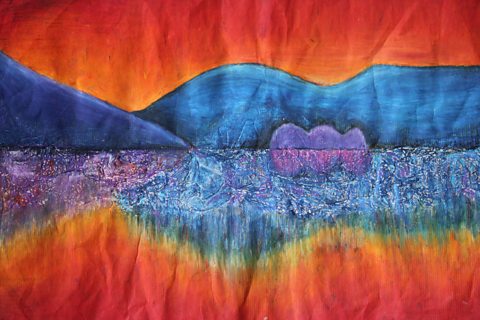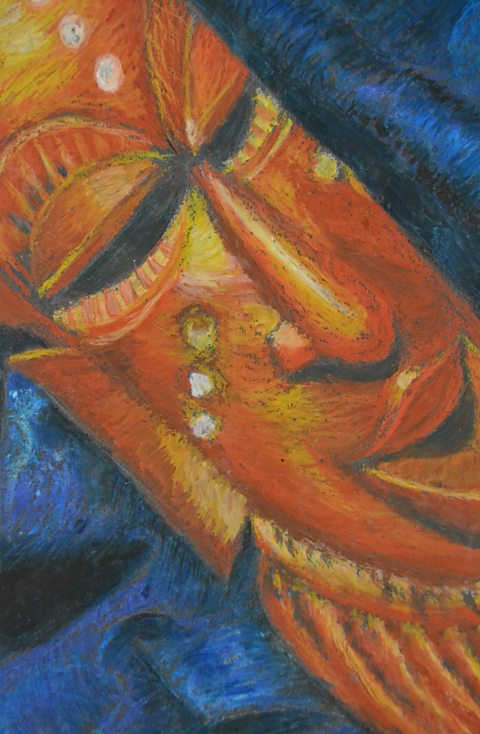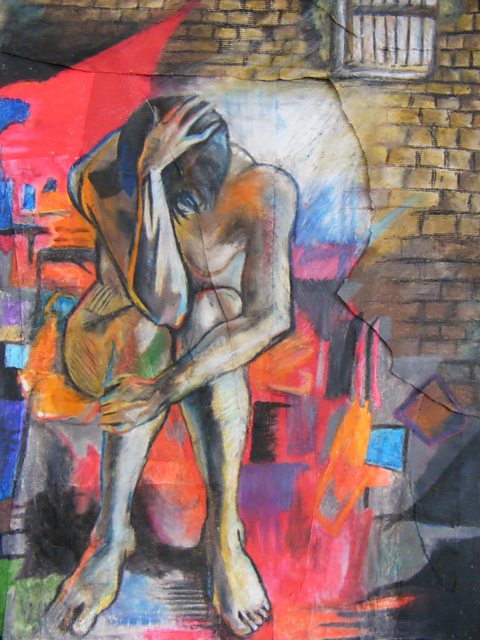Painting tools and surfaces - pastel


Pastel is a bridge between painting and drawing.
The finished pieces can look just as vibrant as paintings, yet the process to create them resembles drawing more than painting.
Pastel paintings and drawings glow with an intensely luminous color and rich velvety texture. This is because pastel powder is pure pigment.
Types of pastel
Pastels are available in several types, each with their own unique characteristics:
- Soft pastels contain the most pigment and create the most vibrant colour. They are very powdery. This makes them good for blending or building up colour. They are less good for fine detail and require fixative to keep your results from being smudged.
- Hard pastels have more binder and less pigment than soft pastels. This makes them more stable, so they are better for fine detail and less messy to use on location. Hard and soft pastels can be used together to create vibrant paintings with detailed finishing touches and textures.
- Pastel pencils are similar to hard pastels. They are less messy and easier to use on location than soft pastels. They can be sharpened for precise detail or left blunt for softer lines.
- Oil pastels are bound by oils or waxes. They are stable and do not require fixative. Oil pastels can create similar effects to oil paints or acrylics. They can be applied thickly to create textures or can be thinned with white spirit to create washes. Oil pastels are harder to blend or to create detail.
Surface and texture

The choice of surface you select will be dependent on the effects you want to create. Pastels can be used on almost any surface as long as there is enough tooth/surface texture for the pastels to grip.
Textured paper is the most popular surface for pastels, this comes in a range of colours but watercolour paper, boards, canvas, and even sandpaper can also be used.